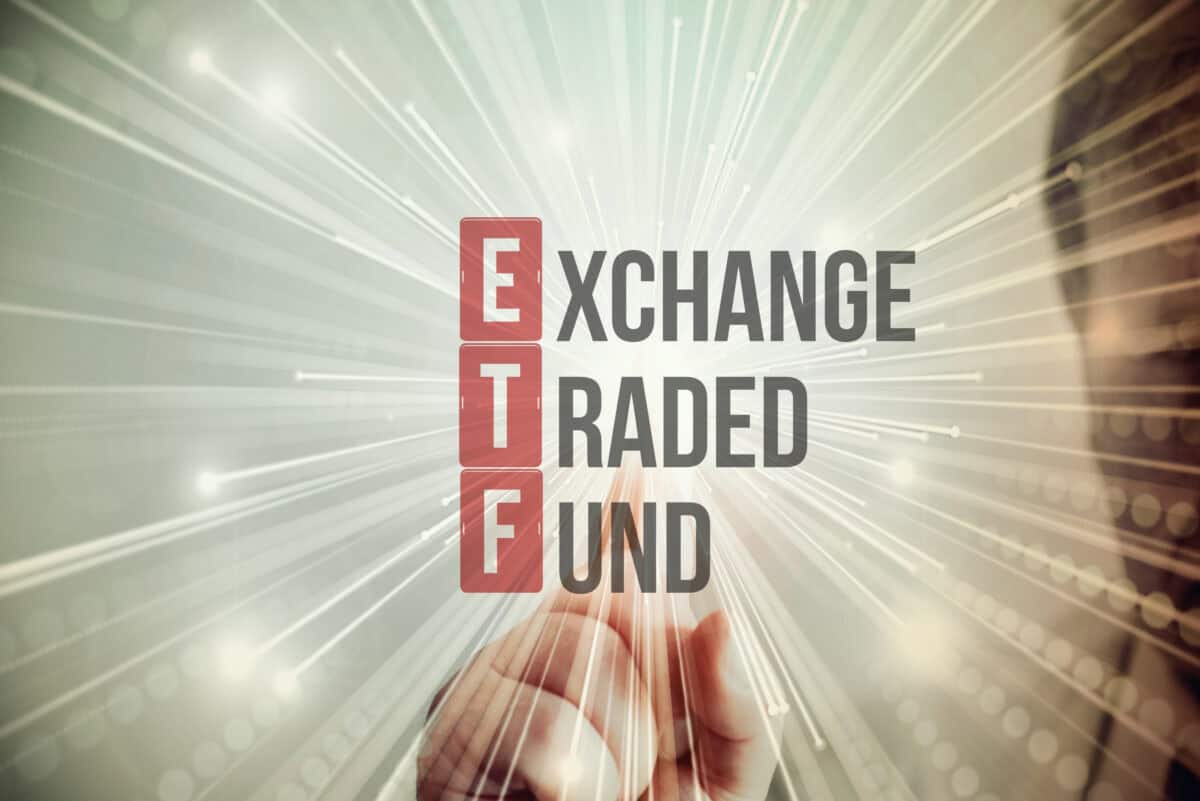The Canadian financial market is awash with investment opportunities and products that meet various individual needs, including your desire for hefty annual yields and monthly passive income streams. You could earn as much as 21% annually in dividend distributions from a new breed of high-yield dividend exchange-traded funds (ETFs).
However, how you invest to generate passive income depends as much on your desired level of income streams and payout timing as it does on your portfolio’s capacity to tolerate associated investment risks.
How to earn 21% yield on a Canadian dividend ETF
Single-stock ETFs are a new crop of high-yield investment products gaining popularity, especially among young investors. Recently launched in August 2024, the Harvest NVIDIA Enhanced High Income Shares ETF (TSX:NVHE) is an increasingly popular example based on one of the hottest stocks in the market today. It has paid three high-yield monthly income distributions since its inception, yielding 21% annually.
The Harvest NVIDIA High Income ETF invests all its assets in Nvidia (NASDAQ:NVDA) stock – a global leader in artificial intelligence (AI) hardware, which bundles its offerings with an AI software development platform that creates wide moats and a near-monopoly in the rapidly growing AI market.
How does the high-yield dividend ETF make money for investors? The fund offers investors access to Nvidia stock’s upside potential and more. Its fund manager uses substantial leverage and actively writes covered call options on up to 50% of the portfolio. These active strategies help enhance the $50 million portfolio’s liquidity to fund recurring monthly dividends.
While the ETF’s hefty yield and high-frequency payouts are alluring, significant risks exist. The medium-to-high-risk rated dividend ETF experiences considerable volatility associated with a single stock position. Its leverage amplifies daily gains and losses, and the written calls may limit investors’ participation in Nvidia stock’s upside potential. If Nvidia stock rallies too high too fast, options buyers can theoretically call them.
Be warned! Despite the added risk and return layers, total returns on some leveraged single-stock ETFs fail to outperform main stock index returns over lengthy periods.
Management fees, at 0.4%, are on the high side, though still affordable at $4 on every $1,000 invested. The ETF’s management expense ratio (MER) will only be known after its first anniversary in August 2025.
A medium-risk ETF to buy for high-yield passive income
Investors not sold on single-stock ETFs can still generate high-yield passive income with the BMO Covered Call Utilities ETF (TSX:ZWU). The medium-risk fund, designed for investors seeking higher income from equity portfolios, has paid monthly distributions since late 2011, and its current payouts in 2024 should yield 7.6% annually. This level of return, sustained over time and with consistent dividend reinvestment, can double your investment capital in less than a decade – as estimated by the Rule of 72.
An investment in the BMO Covered Call Utilities ETF gives investors access to a $1.9 billion portfolio with 89 holdings. The widely diversified fund spreads investment risks among several utilities stocks, including telecommunications and pipeline companies with highly regulated and contracted, highly visible cash flows. The portfolio includes Canadian dividend aristocrat Enbridge stock and dividend kings Fortis and Canadian Utilities. Nearly 40% of its holdings are U.S. investments.
Managed by professionals at the Bank of Montreal’s (TSX:BMO) Global Asset Management subsidiary, the high-yield dividend ETF employs an options writing strategy that augments its dividend portfolio’s income generation.
Given a management expense ratio of 0.71%, investors may expect to pay about $7.10 annually on every $1,000 invested. Actively managed ETFs are generally more expensive to hold than passively managed index funds.
Investor takeaway
These two high-yield dividend ETF options cater to different risk appetites while offering attractive yields for income-focused investors. The Harvest NVIDIA ETF presents an opportunity for aggressive investors comfortable with concentrated risk and potentially higher returns, while the BMO Covered Call Utilities ETF offers a more balanced approach with its diversified portfolio and proven track record. Please consider your portfolio’s capacity to tolerate high-risk and income needs before committing capital to either option.
Both ETFs are eligible for various registered accounts. They can be versatile tools for building tax-efficient income streams in your investment portfolio in 2025.









